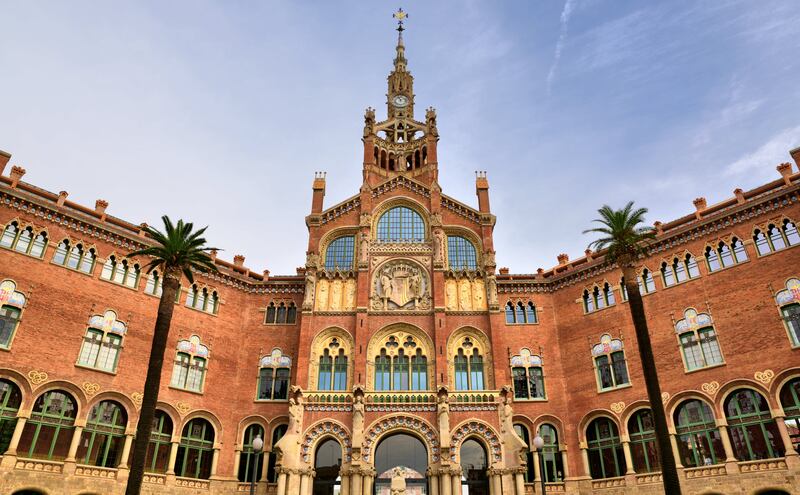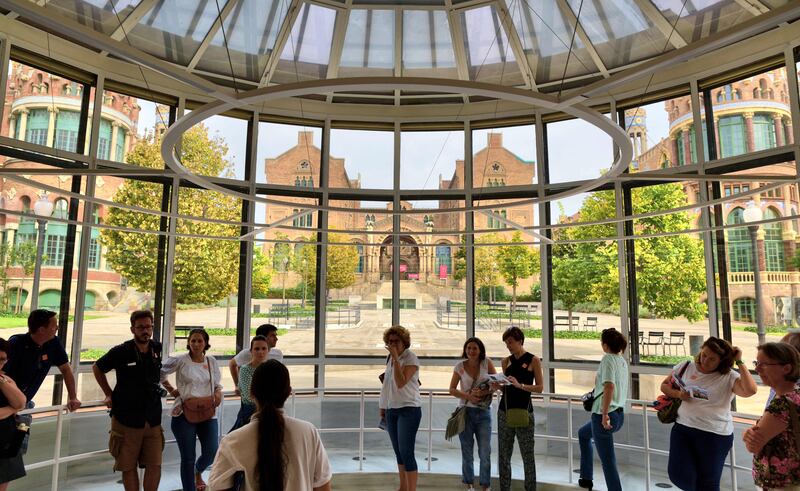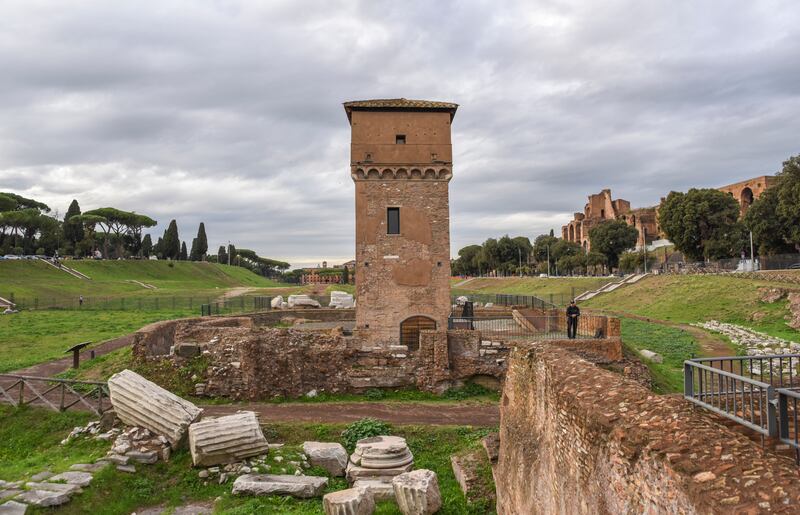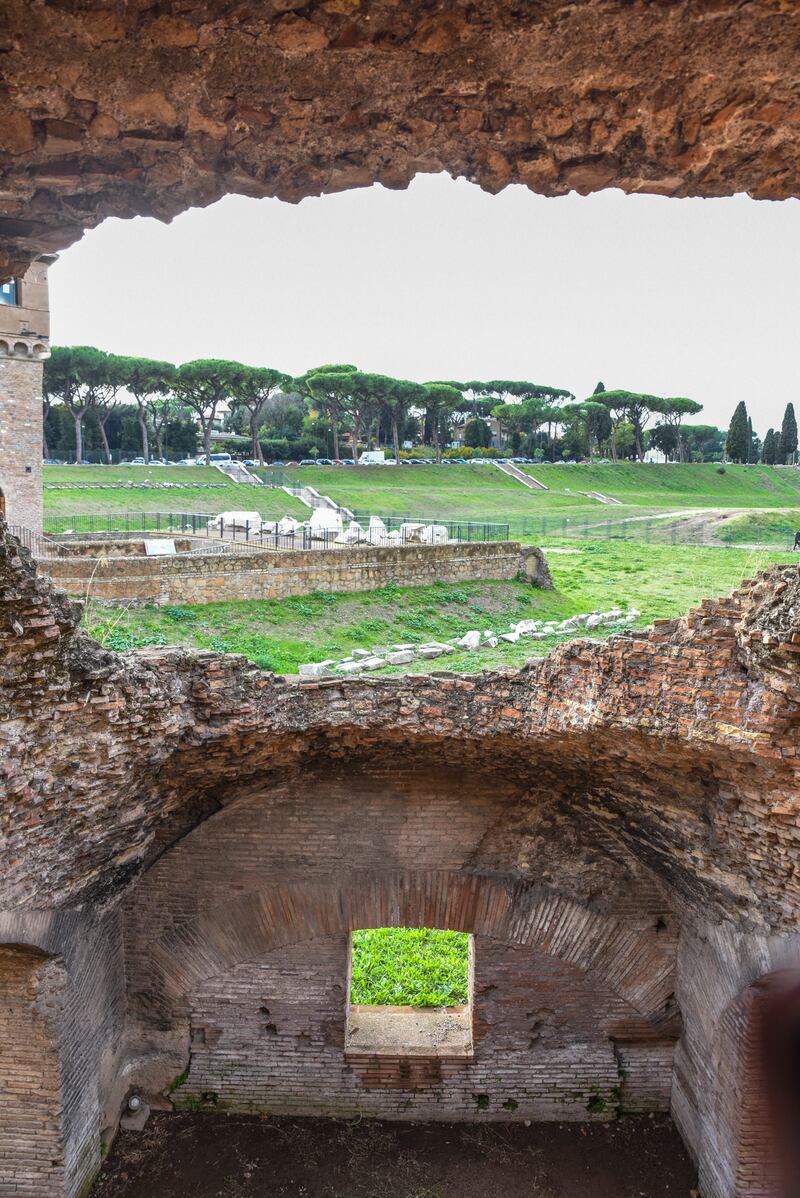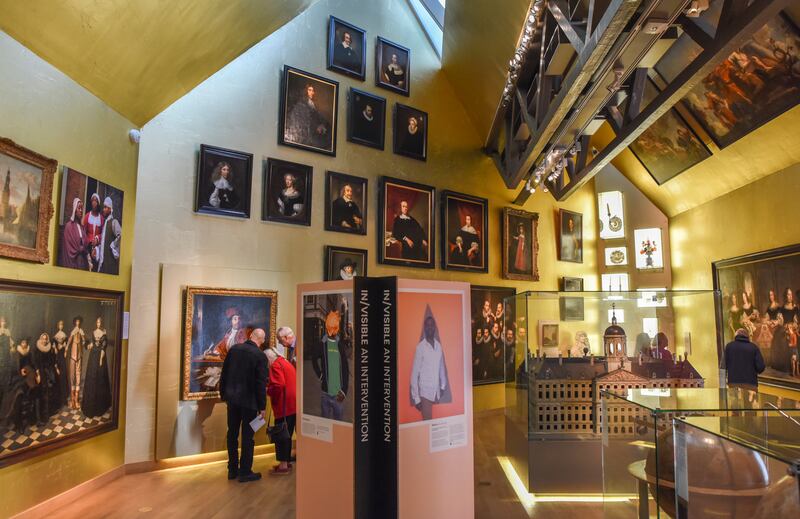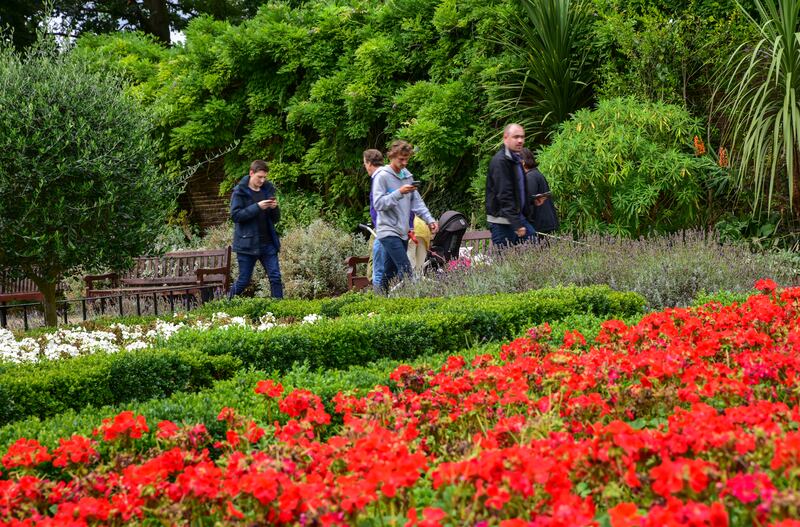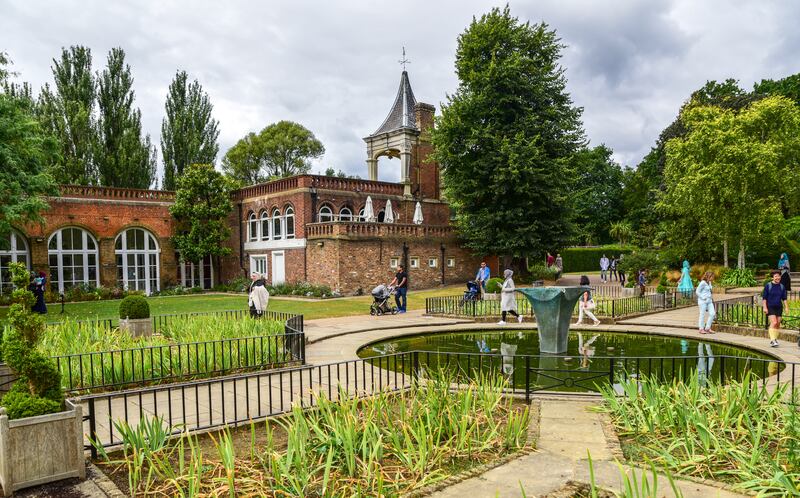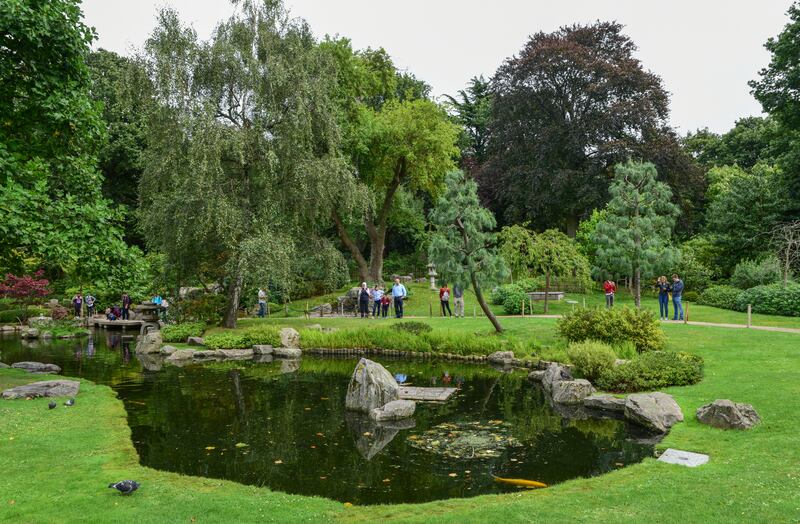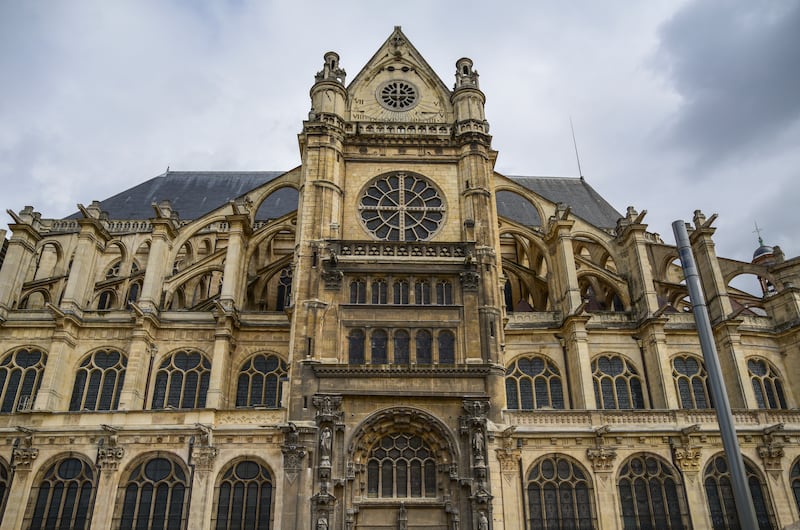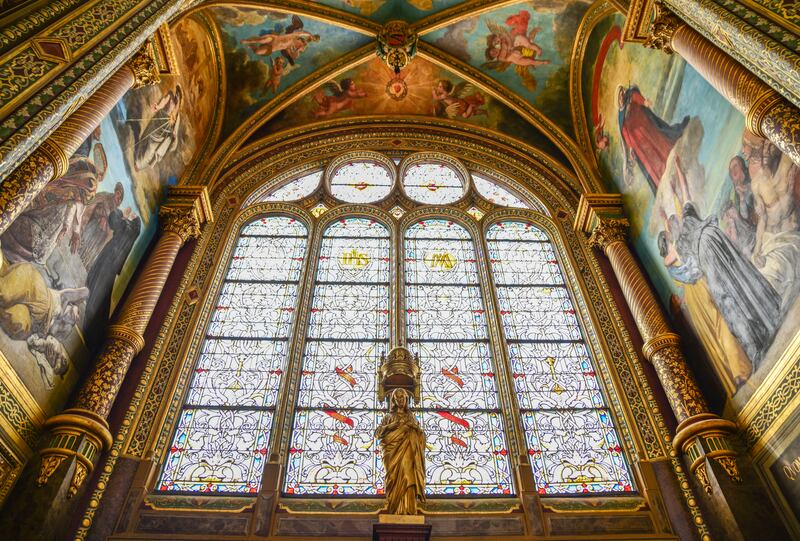Tourists have returned en masse to Europe’s top cities this summer and are converging on the continent’s most famous attractions.
So don’t expect to find space and serenity at bucket list sites such as the Colosseum in Rome, Notre Dame Cathedral in Paris, Park Guell in Barcelona, Hyde Park in London or Rijksmuseum in Amsterdam.
Fortunately, if you want to avoid the hordes, each of these cities offers equally impressive and far quieter alternatives.
Barcelona: Sant Pau Recinte Modernista
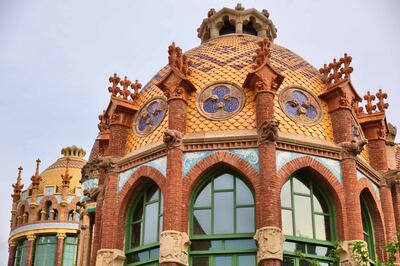
Despite being dead for nearly a century, Spanish starchitect Antoni Gaudi continues to carry enormous influence in Barcelona, in terms of the city’s appearance, artistic heritage and tourism appeal. In the late 1800s to early 1900s, the Catalan genius decorated the city with a string of avant-garde buildings.
Seven of his most famous structures in Barcelona have been collectively granted Unesco World Heritage status. They include several of Barcelona’s most-visited attractions: the quirky Park Guell, the Casa Mila arts venue and the jaw-dropping La Sagrada Familia cathedral.
Far less renowned and visited is the unique place where Gaudi died, known as “the world’s most beautiful hospital”. It is a stunning complex designed by the architect who taught and inspired Gaudi.
Sant Pau Recinte Modernista was built in the early 1900s, and designed by Lluis Domenech i Montaner in a brash yet beautiful architectural style he helped pioneer and that Gaudi built upon, Catalan Modernism.
Embellished by complex mosaics, splendid stained glass, intricate stonework and a vibrant palette of colours, it now acts as an open-air museum and art gallery, and is immensely photogenic.
Rome: Circus Maximus
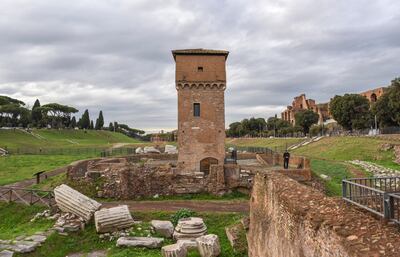
Few tourist attractions are as instantly recognisable as Rome’s 1,900-year-old Colosseum. After all these years, that hulking, oval-shaped amphitheatre still looms over the ancient hub of the Italian capital. It once hosted raucous crowds of up to 50,000 people, who came to watch bloody gladiator contests and public executions.
Yet, in ancient times, the Colosseum wasn’t even close to being Rome’s largest venue. Only 600 metres to its south are the remains of a facility that dwarfed it. Designed to house 250,000 spectators, the Circus Maximus is one of the biggest sporting stadiums to have ever existed.
As I stood in the centre of this 600-metre-long by 190-metre-wide site, I could imagine the startling roar of such a crowd. Although little of the original structure is intact, its sunken shape and surrounding banks remain, making it easy to conjure mental images of the chariot races and other sporting events that once took place here.
Paris: Saint-Merri Church
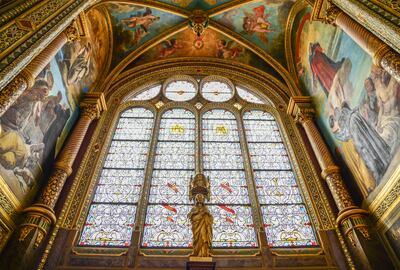
Notre Dame is now only partially accessible to visitors, owing to ongoing restoration efforts after the devastating 2019 fire that caused more than Dh1 billion in damage to this famed cathedral.
Yet when I visited Paris recently, I still spotted flocks of tourists posing for photos in the church’s square. That outdoor space is the only part of Notre Dame currently accessible, with the cathedral not expected to fully reopen until 2024.
A terrific alternative to Notre Dame is only 700 metres to the north. Although similarly spectacular, Saint-Merri Church has always been surprisingly empty when I’ve visited. Built almost 500 years ago, this large church has an intimidating Gothic exterior.
It also has many interior design features in common with Notre Dame, including intricate window tracery, ribbed vaulting and some of the city’s most dramatic stained glass windows. Saint-Merri’s most famous feature, however, is its 14th-century bell, which is the oldest in Paris and still reverberates through the city each day.
London: Holland Park
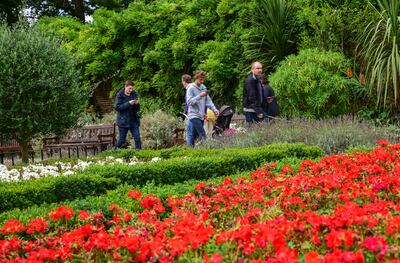
A sprawling area in the heart of London, Hyde Park is not only one of the city’s prettiest green spaces, but also draws tourists because of its royal connection. It is the site of Kensington Palace, the former home of the late Princess Diana. Long lines of tourists can often be seen outside that royal abode, the gardens and interior of which visitors can explore.
Only one kilometre to the west is the overlooked yet equally scenic Holland Park. This, too, was once home to a royal abode, Cope Castle. Now it is almost 22 hectares of public parkland that is wonderfully serene despite being in the midst of one of the world’s busiest cities.
Compared to Hyde Park, which is decorated by wide, open lawns, Holland Park is more densely vegetated. This means there are many intimate nooks where visitors can picnic or nap while feeling truly secluded. What impressed me most about Holland Park, though, was its two main gardens.
Its traditional, English-style flower garden is cloaked in colourful carnations and tulips. Meanwhile, its classical Japanese garden is more understated yet equally attractive thanks to its carefully-arranged ponds, waterfalls, bridges and pebble beds.
Amsterdam: Amsterdam Museum
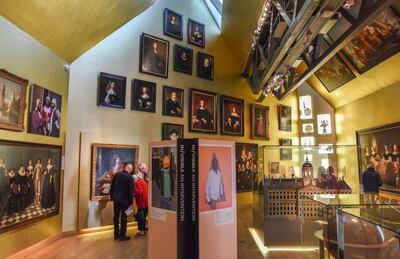
The most-visited attraction in Amsterdam, the Rijksmuseum is a colossal facility famed for its giant collection of artworks by Dutch Masters such as Van Gogh and Rembrandt. Not surprisingly, it is crowded. So much so that the only way to gain entry is by pre-booking tickets online for a specific date and time.
If you want to be able to casually stroll straight into a museum, head to the far less packed Amsterdam Museum. This impressive, modern facility has 100,000 artefacts and artworks that explain the history of the Netherlands and its capital.
Particularly fascinating is the museum’s trove of Dutch royal items, including vibrant artwork once painted on the royal stagecoach.
